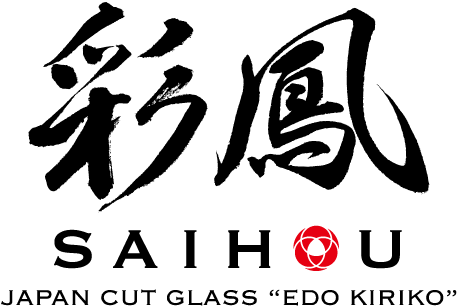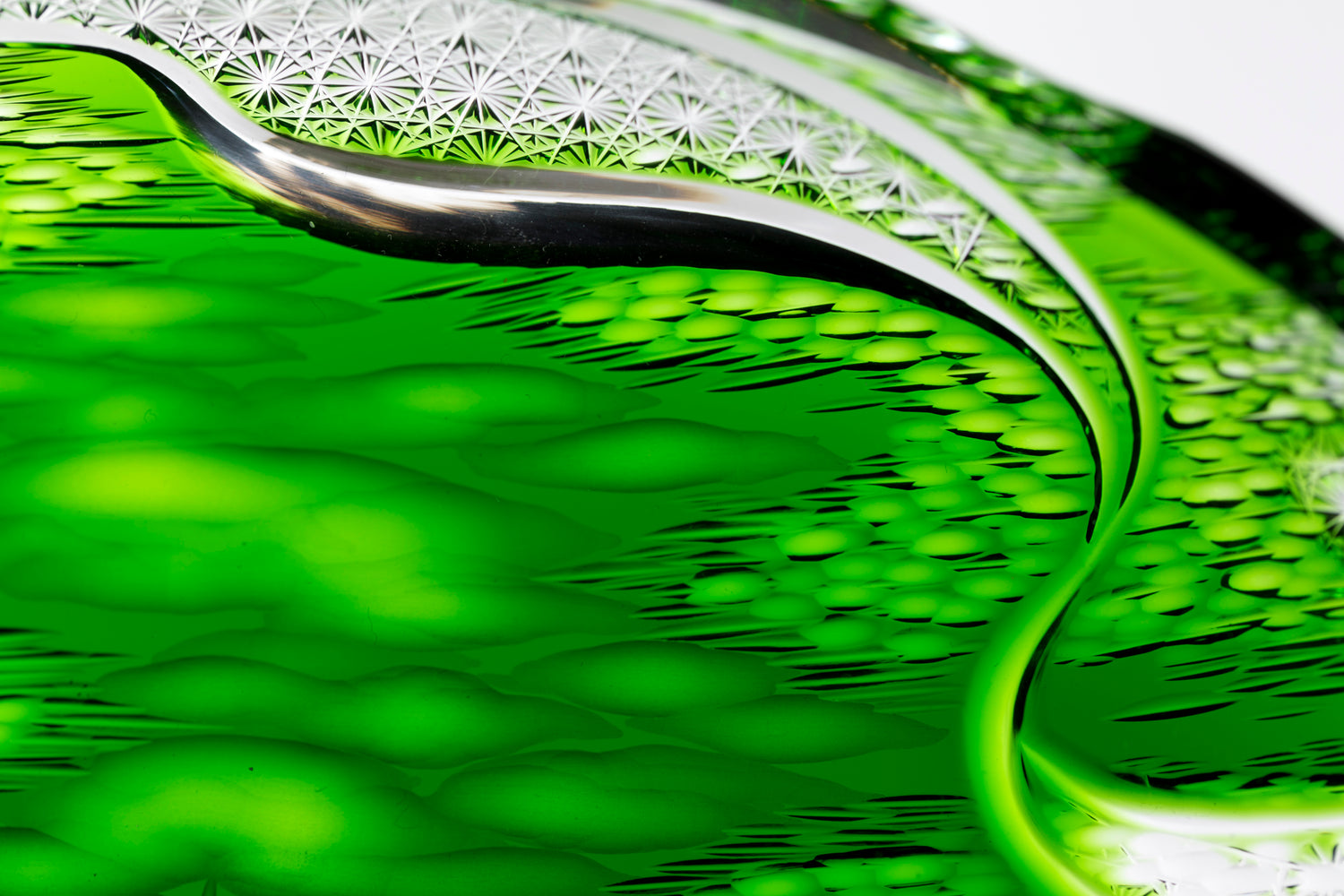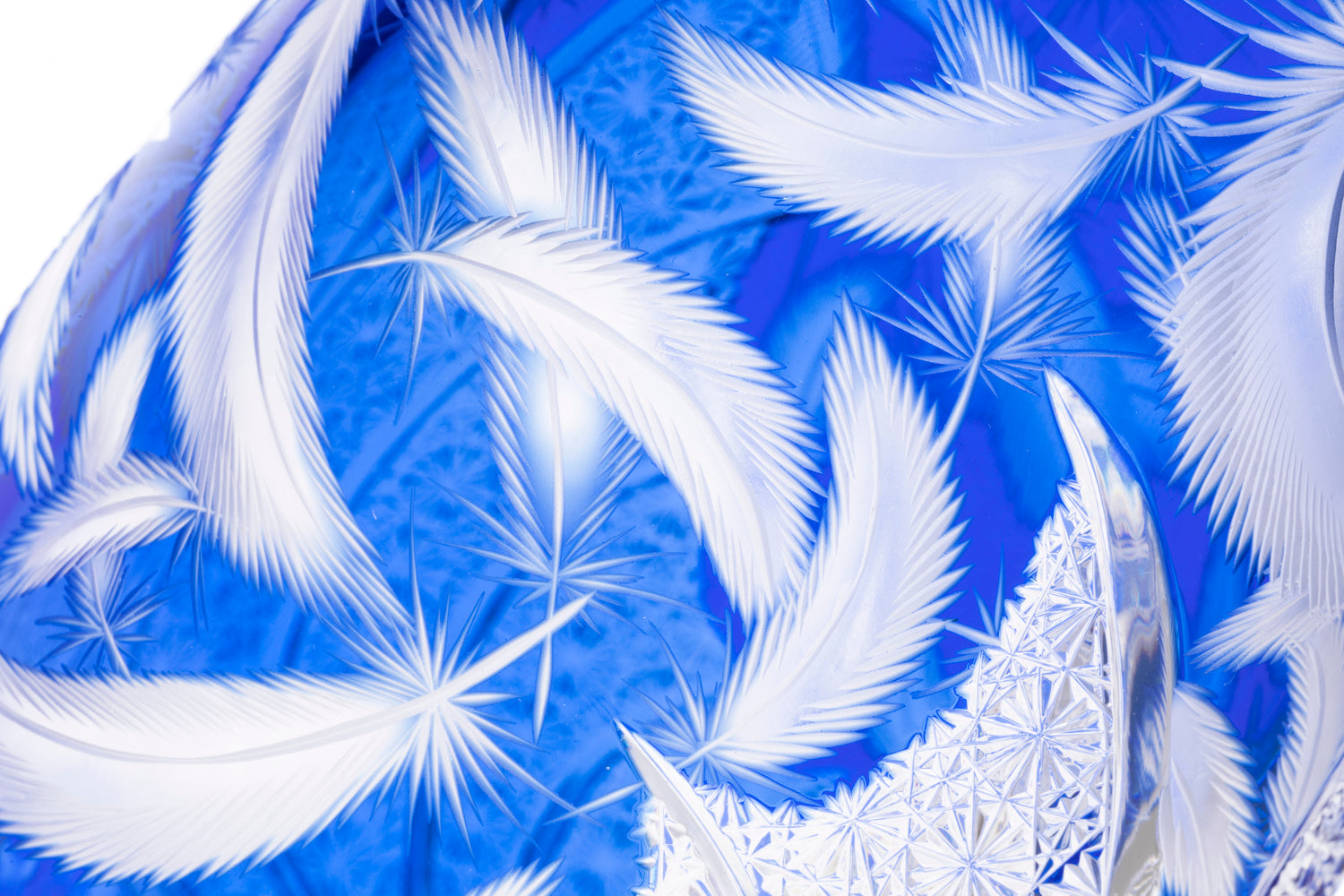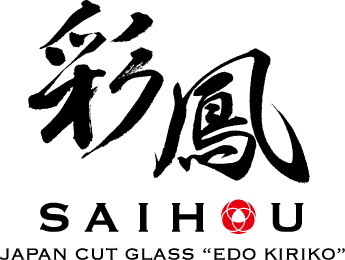Edo Kiriko has a history dating back to Tempo 5.
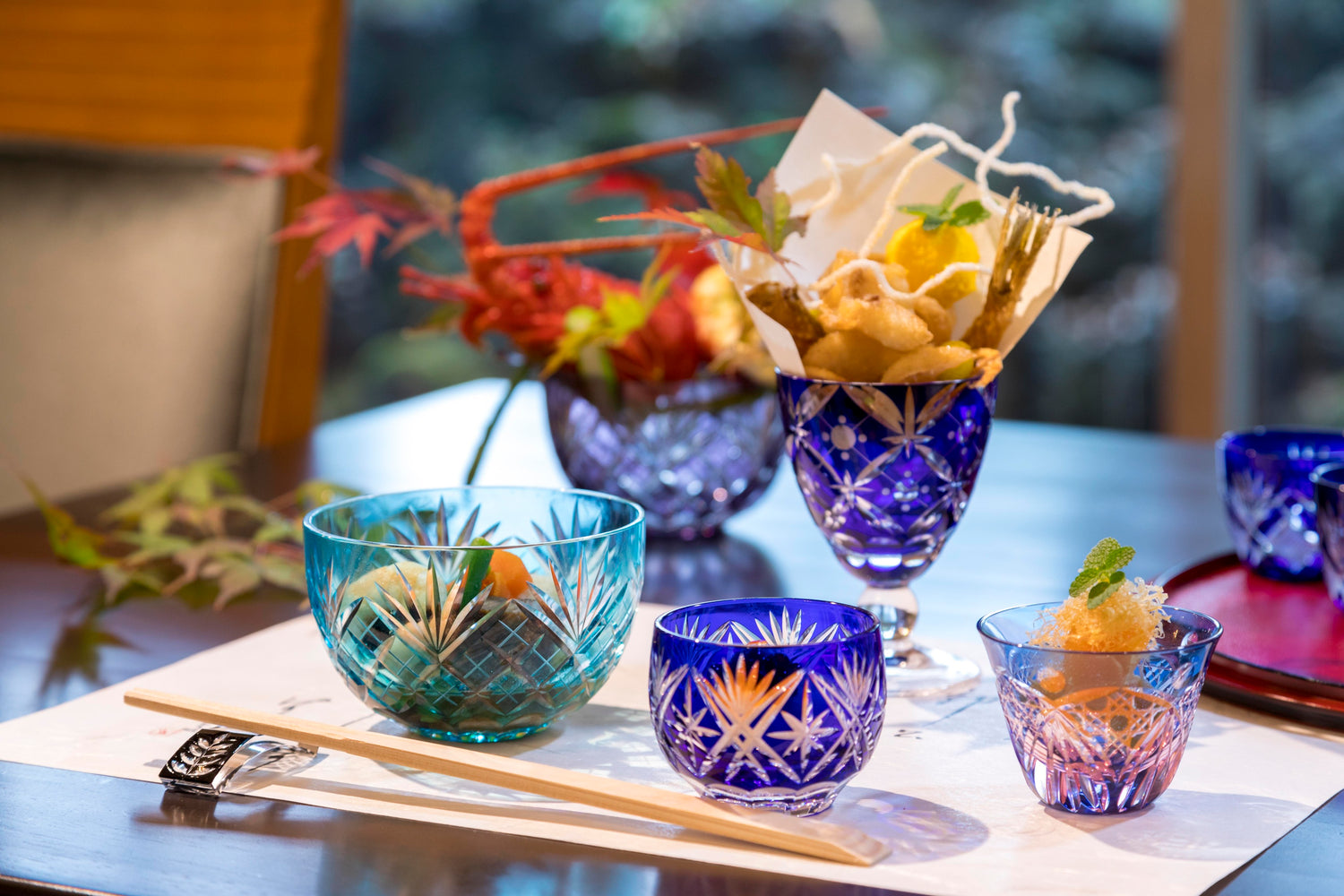
It is said that the craft began when Kagaya Kyubei made cuts in glass.
Edo Kiriko is said to have begun in the late Edo period when Kagaya Kyubei, a glass maker in Edo Odenmacho, began carving cut glass into glass.
At the time, transparent lead glass (clear glass) was cut using a metal file and emery, and then polished with a wooden stick and emery, all by skilled handwork.
Edo Kiriko was a craft born from the common people, produced by the hands of ordinary people within their means.
Traditional Edo Kiriko patterns
-
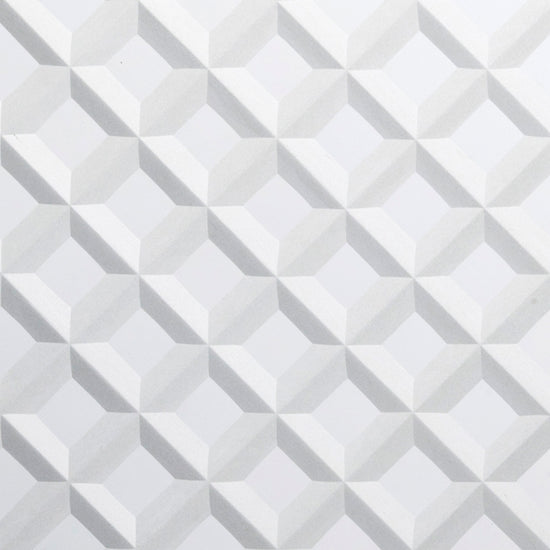
Yarai pattern
This pattern is made up of evenly spaced diagonal lines reminiscent of a yaragi (arrow railing). It is the most basic of Edo Kiriko patterns.
-
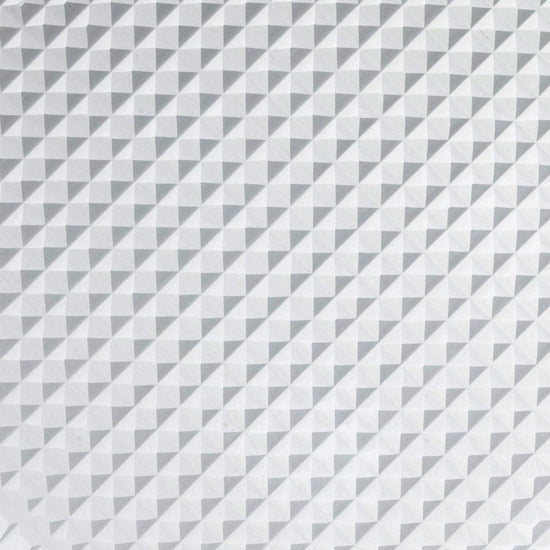
Nanako pattern
It was named after the shine of the cut surface, which resembles the grains of fish eggs. It is a detailed Yarai pattern.
-
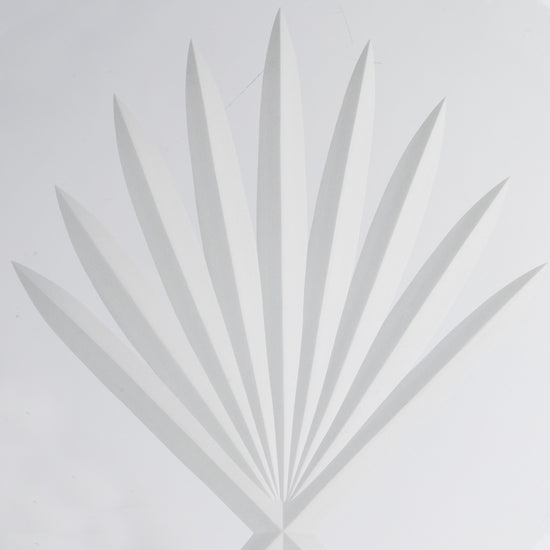
Bamboo leaf pattern
This pattern is based on bamboo leaves, which are tenacious, full of vitality, and have the flexibility and strength to withstand wind, snow, cold, and heat.
-
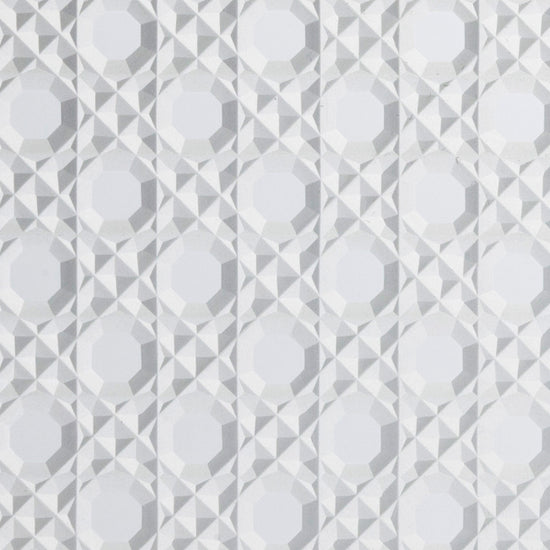
Octagonal basket weave pattern
This pattern is based on the motif of a bamboo basket. The continuous kagome pattern is said to have the power to ward off evil spirits.
-
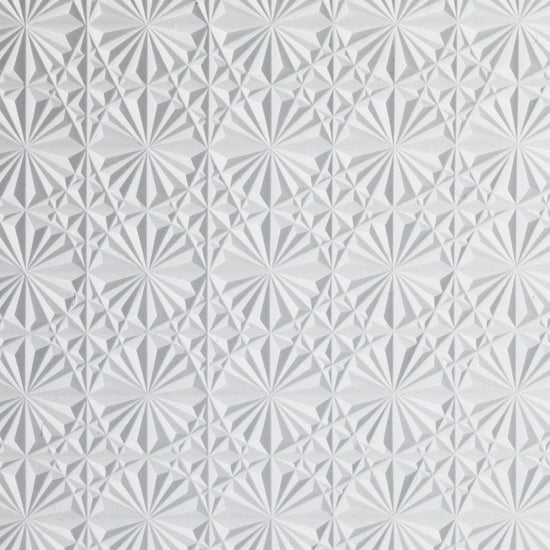
Chrysanthemum pattern
By simply combining long, vertical, horizontal and diagonal straight lines, the design expresses the appearance of a series of chrysanthemum flowers.
-
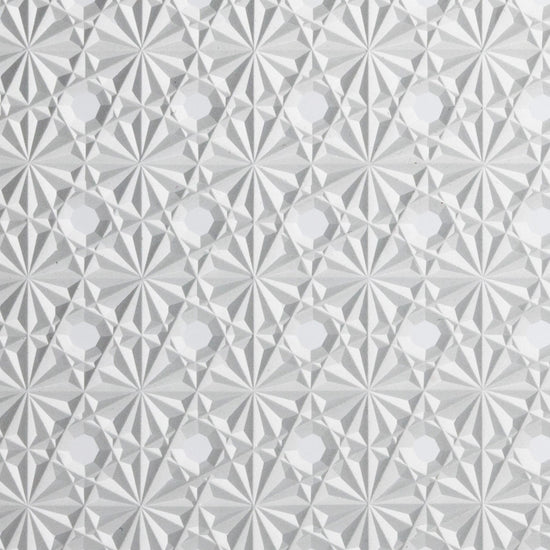
Chrysanthemum basket weave pattern
This pattern combines chrysanthemum-shaped weave and octagonal basket weave, and requires extremely high skill.
